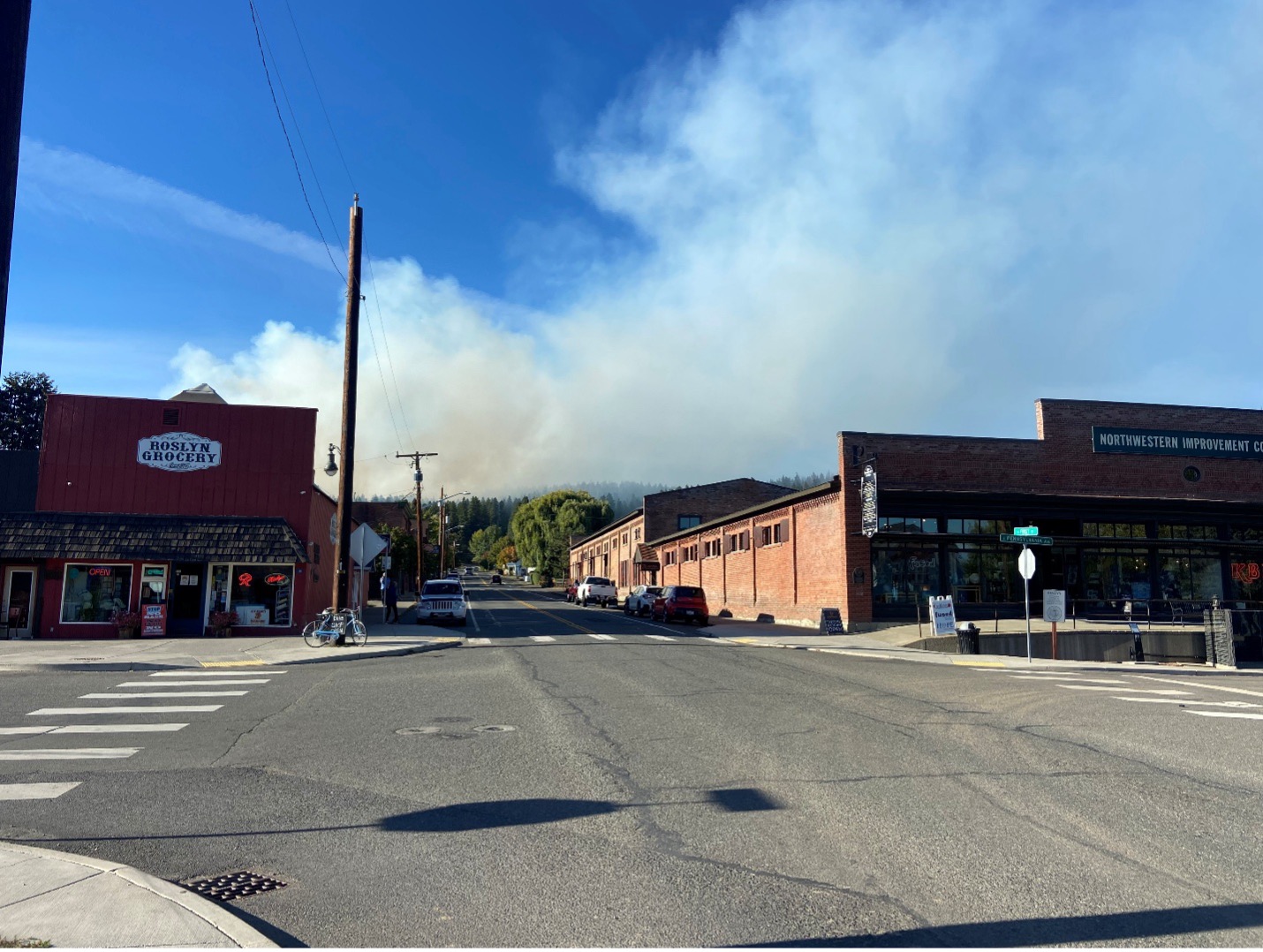As introduced in 2021, House Bill 1099 focused on improving Washington’s climate response through updates to the comprehensive planning framework through the Growth Management Act, this included addressing land-use planning in the Wildland-Urban Interface (WUI) and building community resiliency. Planning at the community level can occur through comprehensive plans, hazard mitigation plans, and community wildfire protection plans, all of which can be integrated into development, climate, and wildfire initiatives.
MITIGATION IN THE WUI
Distinguishing Between Codes, Standards, Programs, and Guidance to Support Wildfire Mitigation in Washington
Communities have many different regulatory and voluntary options when it comes to mitigating the wildland-urban interface (WUI). Determining the most appropriate approaches requires an understanding of the different WUI mitigation tools available, including national model WUI codes, technical standards, voluntary recognition or designation programs, and guidance materials.
This webinar introduces the new WUI Mitigation Codes, Standards, Programs, and Guidance document that was recently developed by the Community Wildfire Planning Center with funding from the Resources Legacy Fund. It covers key differences and similarities across prominent WUI mitigation tools, and highlights what is currently in effect in Washington.
CLIMATE AND THE GROWTH MANAGEMENT ACT
COMPREHENSIVE PLANNING
Community wildfire practitioners, land managers, residents, and policy-makers are using and considering tools to help minimize the risk of wildfire to communities, one being land use planning. Land use planning can help communities determine where to allow development, what types of building materials will help keep people safe, and what infrastructure is needed to safely respond when disasters strike.
Learn how HB 1099 is working to improve the state’s climate response through updates to the state’s comprehensive planning framework and address a myriad of natural resources issues through the Washington State Growth Management Act (RCW 36.70a).
LAND USE PLANNING
Community wildfire practitioners, land managers, residents, and policy-makers are using and considering tools to help minimize the risk of wildfire to communities. One of these tools is land use planning, which can help communities determine where to allow development, what types of building materials will help keep people safe, and what infrastructure is needed to safely respond when disasters strike.
Learn how House Bill 1181 improves the state’s climate response through updates to the state’s comprehensive planning framework and is working to address a myriad of natural resource issues through the Washington State Growth Management Act (RCW 36.70a).




